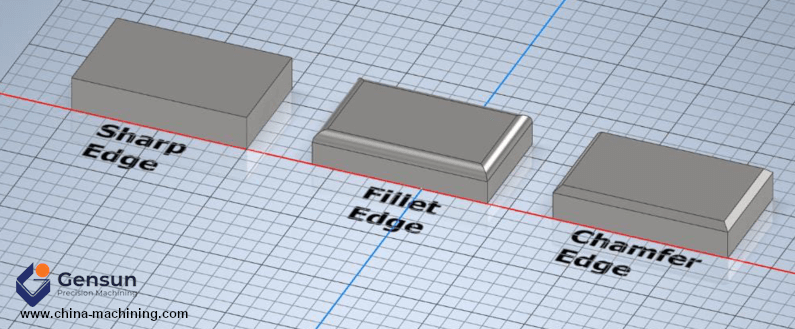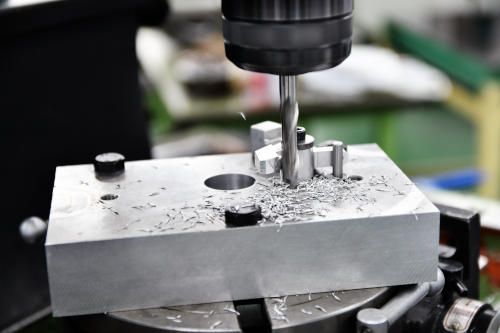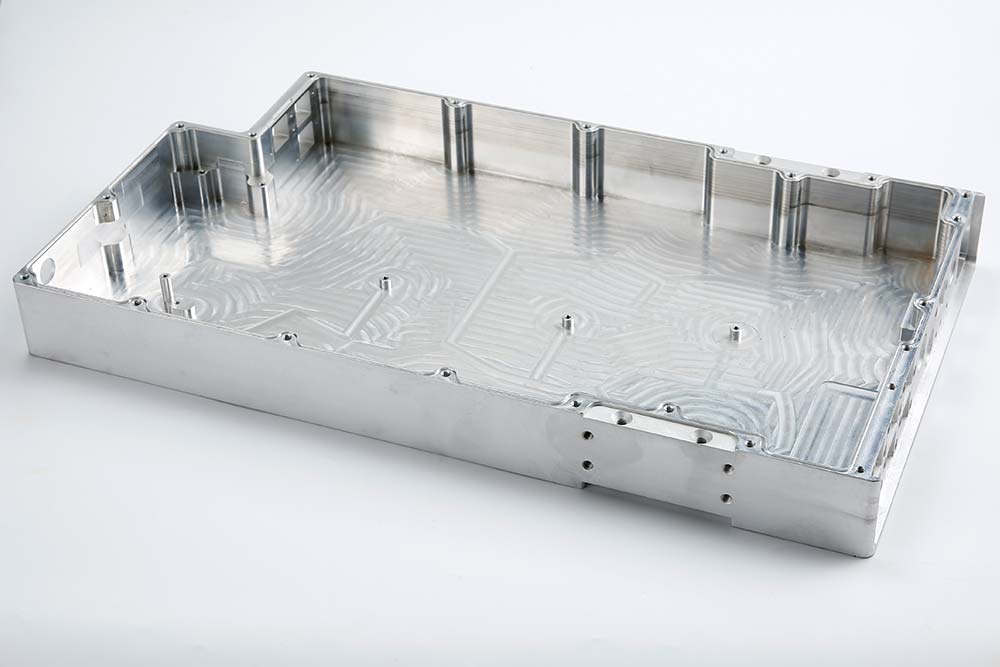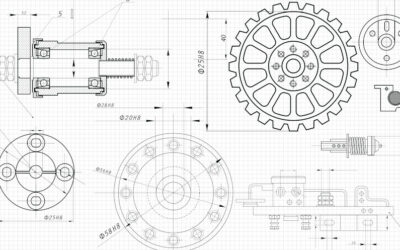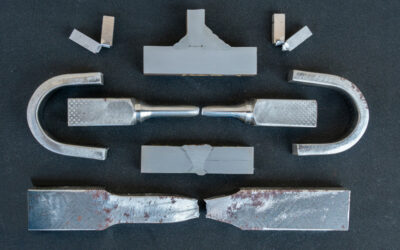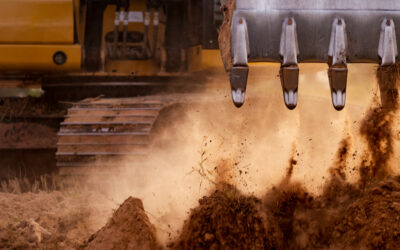Computer numerical control (CNC) machinesㅡwhich utilize a rotating cylindrical tool to create cuts in a workpiece autonomouslyㅡhave completely revolutionized the manufacturing industry. This manufacturing technology eliminates the human error common in conventional manufacturing technologies. It also offers greater accuracy and precision and higher production speed.
But when manufacturing with CNC machines, you don’t just start cutting workpieces right away. Product designers must first design their model on computer-aided-design (CAD) software. And to create an accurate and efficient 3D CAD design for CNC machines, you need to know some essential CNC CAD design tips.
This article presents helpful tips for CNC CAD design. We will cover some design rules for creating cavities, internal edges, holes, text, and walls. We will also explain the process of preparing 3D designs for CNC milling.
5 Rules for CNC CAD Design
The CNC machining process is subtractiveㅡit removes portions of material from a workpiece to form the desired product. This subtractive nature causes some restrictions in the type of features you can machine.
For instance, it’s almost always impossible to machine surfaces inaccessible by the cutting tool. And even after you find specialty cutting tools capable of accessing these surfaces, you probably will still face the challenge of achieving desirable wall thickness and cavity sizes. However, you can prevent these challenges by adhering to the following tips during the computer-aided drawing phase of your product development process.
#1 Designing Cavities
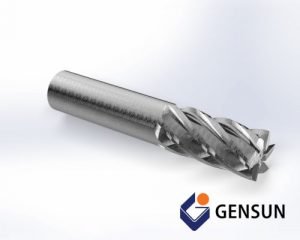
End Mill Tool
End mill tools (used in CNC milling cavities) typically have a cutting length of about 3-4 times their diameter. As such, we recommend that you design cavity depth to be at most four times the cavity width. This helps to prevent inaccuracies in machining caused by tool deflection and vibration.
However, if the functionality of your design requires larger depth, you might want to consider using specialized tooling to create your cavities.
Learn more about the different types of CNC cutting tools.
#2 Designing Internal Edges
Because of CNC machines’ subtractive nature, they create rounded corners (or fillets) between the internal edges of a cavity. Product designers account for these rounded corners by including an internal corner radius dimension in every internal edge in their CAD drawing.
The internal corner radius dimension depends on the size of available end mill tools that meets the cavity depth requirement we mentioned earlier. Additionally, we recommend that you design your internal corner radius to be at least one-third of the cavity depth.
However, suppose the functionality of your design requires smaller internal corner radii (or a sharp 90° angle). In that case, we recommend that you include a T-bone undercut instead of reducing the corner radius in your CAD model.
#3 Designing Holes
CNC machine shops typically create holes using drill bits. These drill bits come in standard sizes (or diameters), ranging from 0.5 mm to 38 mm. We recommend that you design your holes to have a dimension similar to any of the standard drill bit sizes. This eliminates the need for additional tooling, leading to lesser manufacturing costs.
However, if the functionality of your design requires holes with non-standard diameters, then a machinist will create these hole features using an end mill tool. Therefore, the same requirements we mentioned for designing cavities also apply here.
#4 Designing Walls
You have to place close attention to the wall thickness when designing walls for CNC manufacturing. This is because thin walls are generally challenging to fabricate accurately due to vibrations from machining.
We recommend that you design walls to have a minimum wall thickness of 0.8 mm for metal parts and 1.6 mm for plastics. The higher wall thickness dimension requirement for plastics is because they are more prone to softening and warping than metals during machining operations.
#5 Designing Text and Lettering
Texts and lettering are quite straightforward to achieve with CNC machining. One thing to note, though: it’s more cost-effective to design parts with engraved texts instead of embossed text. This is because the CNC machine removes lesser material to achieve engraved texts than engrossed texts.
Additionally, we recommend that you use Sans-serif fonts (like Arial, Avenir, Verdana) with a font size greater than 22 points when designing parts with text and lettering.
Related Post: How to Solve Your Product Design Challenges With Subtractive Manufacturing
Preparing Your CNC CAD Design Model for CNC Machining
The CNC CAD design rules help achieve optimized 3D CAD models, allowing any CNC machine shop to create your parts accurately and cost-effectively. However, the CNC machine does not understand these 3D models. Therefore, you need to convert these models into a format compatible with the CNC machine.
An acceptable format for CNC machines is the dxf file format. Most CAD software allows you to save your file in the dxf file format, which can then be imported into a CAM program and converted into CNC programming language (also called the G-code). The G-code then automates the operation of the cutting tool and workpiece to create your product.
CNC Manufacturing Services: Gensun Can Help
This article has presented essential design tips to help you achieve desirable results with CNC machining. However, a lot can still go wrong if you work with the wrong CNC machine shop. You want to work with a shop that has highly qualified CNC machinists, engineers, and quality control experts.
Gensun Precision Machining is a leading provider of CNC manufacturing services across Asia. We’ve been in business for nearly two decades, providing high-quality CNC machining services to customers across a broad range of industries. Our team of highly qualified engineers, machinists, and quality control experts works with you, ensuring you get your product done right the first time.
Learn more about our CNC machining services.


